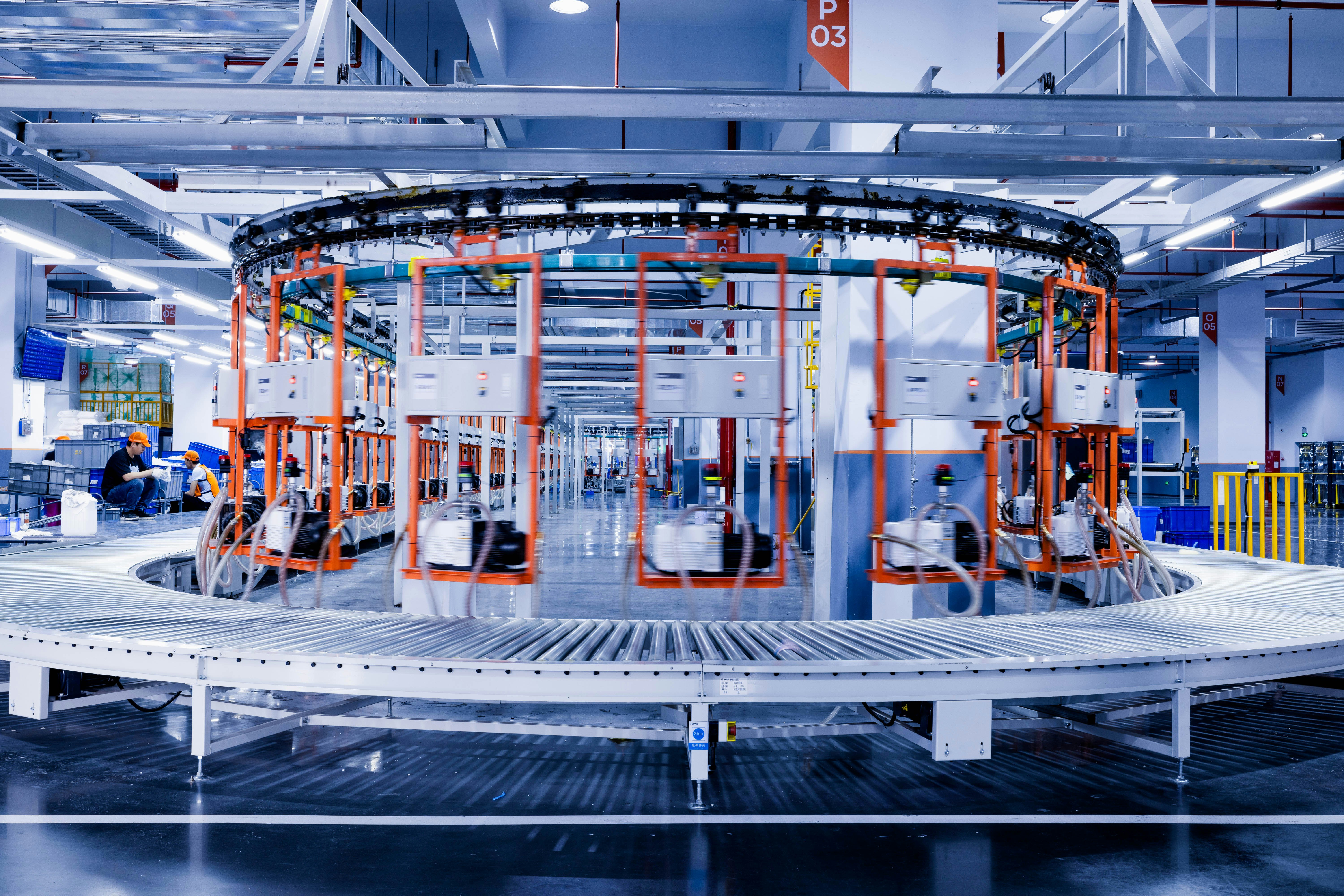"We can probably figure this out ourselves." Every manufacturing executive thinks this when they...
Stop Starting with AI. Start Here Instead

Every conversation about business automation starts the same way: "We want to use AI."
Here's the problem with that: You're starting in the middle of the story.
It's like saying "I want to use a Ferrari" when what you really need to figure out is where you're going, what routes make sense, and whether the roads can even handle a Ferrari. Sometimes the fastest way to your destination is a pickup truck.
The Shiny Object Problem
AI has a marketing problem. It's positioned as the solution to everything, so naturally, executives think it's where they should start. But AI is just one tool in the automation toolkit—and often not the first tool you should reach for.
Here's what actually works: Start with your processes, not your technology.
Before you ask "How can we use AI?" ask these questions:
- What work is eating up our people's time that adds zero value?
- Where do we have information living in multiple systems?
- What manual tasks do our employees hate doing?
- Which processes require our smartest people to do the most mundane work?
Why Automation Beats AI (At First)
Most manufacturing companies have dozens of processes that can be automated using tools that have existed for years. We're talking about:
Robotic Process Automation (RPA) for moving data between systems, generating reports, and handling routine tasks that follow clear rules.
Workflow automation for routing approvals, managing exceptions, and coordinating between departments.
Data integration to eliminate the manual export/import cycles that waste hours every day.
These aren't sexy technologies. They don't make great conference presentations. But they deliver ROI in months, not years, and they create the foundation that makes AI actually useful later.
The Foundation First Approach
Think of it like building a house. You wouldn't start by installing smart home technology before you have reliable electrical and plumbing systems. Same principle applies to business automation.
Phase 1: Fix the basics - Automate manual, rule-based processes. Eliminate data silos. Create clean, consistent workflows.
Phase 2: Add intelligence - Once your data flows smoothly and your processes are consistent, THEN you can add AI to make predictions, optimize decisions, and handle complex scenarios.
Phase 3: Transform the business - With reliable automation and intelligent systems working together, you can redesign entire business processes around new capabilities.
Most companies try to jump straight to Phase 3. They want to use AI to optimize pricing while their product data is scattered across six systems and their sales team is still building quotes in Excel.
Real Example: Why Sequence Matters
Consider warranty management—a common pain point for manufacturers.
The AI-first approach: Build machine learning models to predict warranty claims and optimize coverage.
The foundation-first approach:
- First, automate warranty claim intake and routing
- Integrate warranty data with production and quality systems
- Create automated reporting and exception handling
- THEN add AI to predict failure patterns and optimize warranty terms
Same end goal, completely different results. The AI-first approach struggles because the data is messy and the processes are manual. The foundation-first approach delivers value at every step and makes the AI implementation actually work.
The 90-Day Assessment Advantage
Here's what separates the companies that succeed from those that struggle: They spend 90 days understanding their processes before they spend a dollar on technology.
This isn't "going slow." This is going fast in the right direction.
In 90 days, you can:
- Map your current processes and identify bottlenecks
- Prioritize opportunities based on ROI and implementation difficulty
- Design the optimal sequence from automation to AI
- Build buy-in from teams who will actually use the new systems
- Create a roadmap that avoids expensive mistakes
Compare that to the alternative: 18 months of pilot projects that deliver incremental improvements while your competitors are automating entire business processes.
Why This Saves Money
Every manufacturing executive worries that assessment and planning will slow them down. The opposite is true.
Without proper assessment: You automate the wrong processes, buy tools that don't integrate, and spend months fixing problems that could have been avoided.
With proper assessment: You know exactly what to automate, in what order, and why. Implementation becomes execution, not experimentation.
The assessment investment—typically a few hundred thousand dollars—prevents millions in wasted technology spending and lost opportunity costs.
The Bottom Line
AI will transform your business. But not until you have the foundation in place to support it.
The manufacturers seeing real results aren't the ones with the most advanced AI. They're the ones who built systematic approaches to process improvement, started with automation basics, and added intelligence strategically.
Stop starting with AI. Start with understanding what you're actually trying to achieve. The technology decisions become obvious once you know where you're going.
Most manufacturers discover their biggest opportunities aren't AI projects at all—they're basic automation wins that can be implemented in weeks, not months. Sometimes the fastest path to transformation starts with the fundamentals.


.jpg?height=200&name=memento-media-2pPw5Glro5I-unsplash%20(1).jpg)